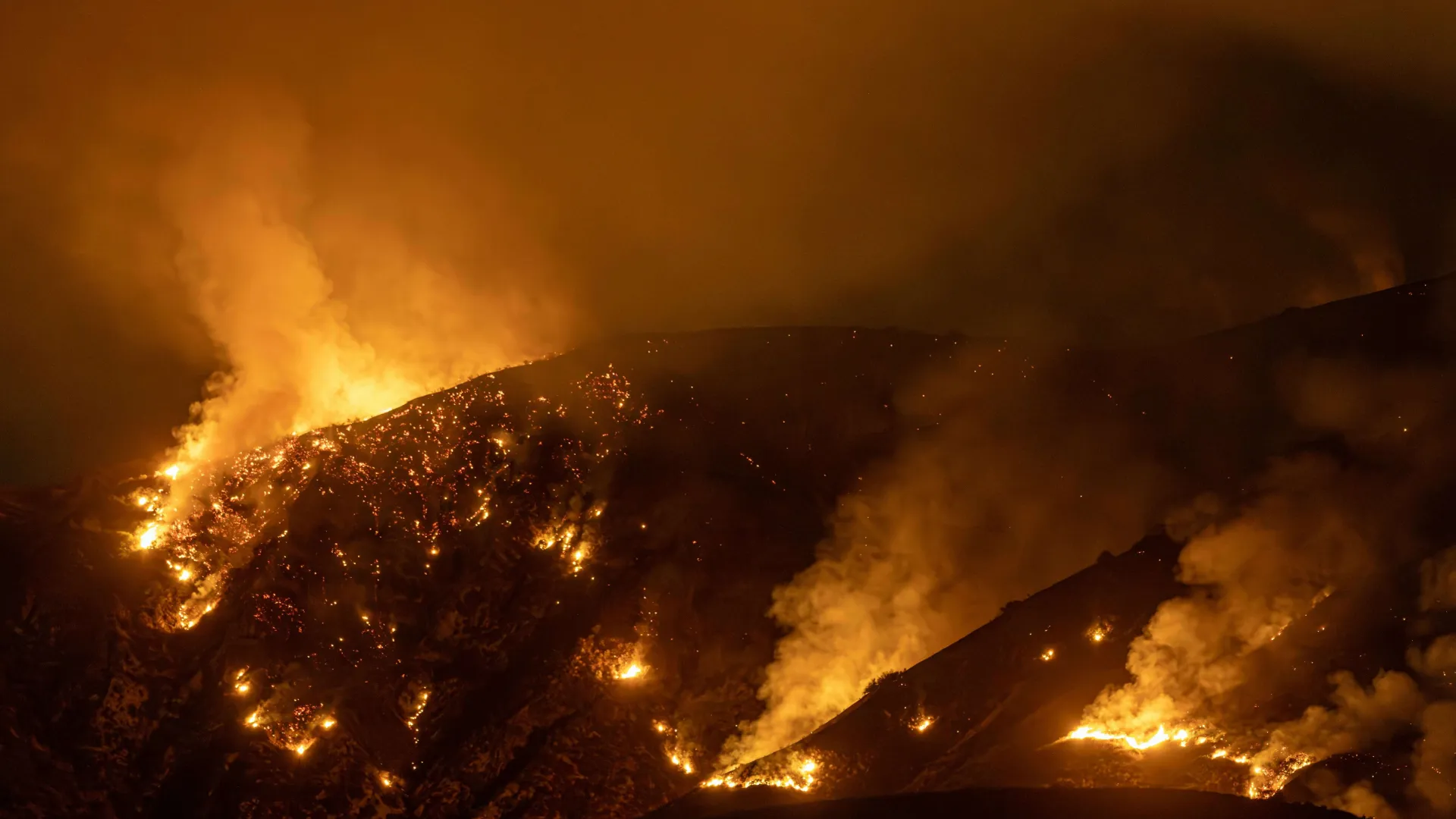After the 2018 Camp Fire in Butte County, California, survivors in shelters and other makeshift accommodations carried stories of their escape—and vital information that could help ensure others’ safety in the next disaster. Former UVM postdoctoral researcher Sarah Grajdura, who was a PhD student in California at the time, immediately jumped into action.
Within weeks of the blaze—the deadliest and most destructive wildfire in the state’s history—Grajdura began interviewing survivors at local Red Cross shelters in the area. The interviews told divergent stories: Some survivors had mapped out their evacuation routes before the flames were at their doors; others had left their homes in thickening smoke with no specific destination or plan.
“I realized that people had vastly different experiences of how safe they felt, and a lot of that was tied to where they were in relation to the fire and also when they found out about the fire,” says Grajdura, now an assistant professor at the Utah State University.
An analysis of the interviews and survey, published in March in the journal Transportation Research Interdisciplinary Perspectives, found that a plan helped people feel safer, as did a shorter evacuation travel time.
Across the board, access to information was one of the main factors in determining respondents’ sense of safety, says Gund Affiliate and study coauthor Dana Rowangould.
She said Grajdura’s interviews and survey of fire evacuees, revealed that “people who are aware of fire risk in advance and have a plan, also have a better perceived safety outcome, meaning they felt safer while evacuating.”
“We believe that a person’s perceived safety is related to their actual safety,” Rowangould added. “Disaster managers try to plan for various contingencies before an event, so this is helpful insight for planners: the importance of disseminating information in advance of an event.”
For example, one factor that can both determine safety and provide evacuees with a perception of safety is cell phone and internet access, which not everyone has, and cell towers can go down during wildfires as well, the researchers say.
“When people don’t have cell phones, that lack of access is often going to occur in more vulnerable populations, older populations,” Grajdura says.
It’s a pattern she’s seen in different types of disasters. When Grajdura was working with Vermont flood survivors in 2023, she realized that many people who were experiencing homelessness were living near rising rivers so were among the first affected by floods—an insight that can shape how agencies notify people as a storm approaches.
Grajdura says disaster managers can reach vulnerable residents through other means of communication such as canvassing areas where people who might not receive other warnings are known to live.
“In my mind, it's really important to not only use internet and cell phones for notification and information dissemination, but to continue to use other means to try to reach people, especially from an equity perspective.”

